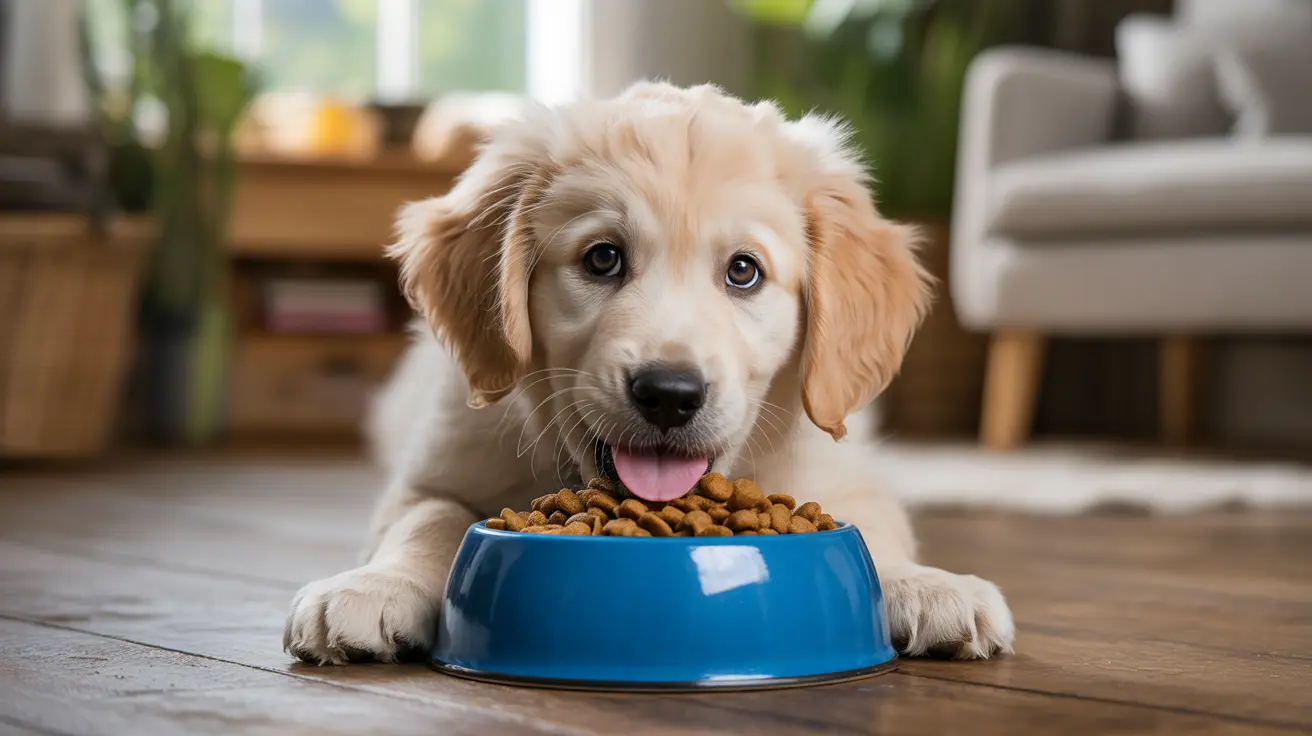Can Dogs Eat Fried Rice? Understanding the Risks and Safe Alternatives
If you're tempted to share your takeout with your furry friend, you might wonder: can dogs eat fried rice? While dogs can safely enjoy plain, fully cooked rice, fried rice is not suitable for them. Let's explore why fried rice is risky for dogs and how you can safely incorporate rice into their diet.
Why Fried Rice Is Unsafe for Dogs
Fried rice from restaurants or takeout often contains a mix of ingredients that are harmful to dogs. Here’s what makes it unsafe:
- Toxic Ingredients: Onions and garlic are common in fried rice and are toxic to dogs. Even small amounts can damage their red blood cells.
- High Salt Content: Soy sauce and other salty seasonings can lead to excessive thirst, vomiting, diarrhea, or even salt poisoning.
- Unhealthy Fats: The oils used in frying contribute to digestive upset and may cause pancreatitis, especially in small breeds.
If your dog accidentally eats a small amount of fried rice, monitor them for symptoms like vomiting, diarrhea, lethargy, or behavioral changes. If these symptoms are severe or persistent—or if your dog ate a large amount or known toxic ingredients—contact your veterinarian right away.
The Benefits of Plain Rice for Dogs
While fried rice is off the menu, plain white or brown rice, fully cooked without any seasoning or additives, is safe for most dogs. In fact, veterinarians often recommend white rice for dogs experiencing digestive issues because it's easy to digest and helps bind stools. Brown rice offers more fiber and nutrients but is tougher on sensitive stomachs.
- White Rice: Best during digestive upset; bland and easy to digest.
- Brown Rice: Higher in fiber and nutrients; not ideal during stomach trouble but good for regular meals if your dog tolerates it well.
How to Prepare Rice Safely for Your Dog
If you want to feed your dog rice at home, follow these guidelines:
- Cook the rice thoroughly—no undercooked grains.
- Avoid all seasoning: no salt, butter, oil, soy sauce, or spices.
- Add only safe proteins (like boiled skinless chicken or turkey) and vegetables (such as carrots or peas).
A typical bland diet recommended by vets includes two parts plain white rice to one part lean protein. Introduce new foods slowly so you can watch for adverse reactions or allergies.
Toxic Ingredients to Avoid
- No onions or garlic (including powders or mixed seasonings).
- No scallions or other alliums.
- No processed meats (like bacon or sausage) that often appear in some fried rice recipes.
How Much Rice Is Safe?
Treats like plain cooked rice should make up no more than 10% of your dog's daily calories. Portion sizes depend on your dog's weight:
- Extra-small (2–20 lbs): 1–2 tablespoons
- Small (21–30 lbs): 2–3 tablespoons
- Medium (31–50 lbs): 1/4 cup
- Large (51–90 lbs): 1/3 cup
- Extra-large (91+ lbs): 1/2 cup
If your dog has diabetes or obesity concerns, limit white rice due to its high glycemic index—it can spike blood sugar quickly. Brown rice is better for fiber but isn’t suitable during digestive upset.
If Your Dog Eats Fried Rice by Accident
If a dog sneaks a bite of fried rice when you’re not looking, watch closely for signs of trouble:
- Vomiting
- Diarrhea
- Lethargy
- Tremors
- Excessive thirst or dehydration
- Behavioral changes
If any of these symptoms appear—or if you know the dish contained onions or garlic—call your vet immediately. Some effects may be delayed but serious.
Other Safe Grains and Treats
You aren’t limited to just plain white or brown rice. Other grains like jasmine or basmati are fine if they’re plain and fully cooked. Even plain unsweetened rice cakes can be an occasional treat—but avoid flavored varieties.
The Bottom Line: Keep It Simple and Safe
Your dog’s health comes first. While sharing food feels generous, fried rice exposes dogs to unnecessary risks from toxic ingredients and unhealthy fats/salts. Stick with plain cooked grains as an occasional treat alongside balanced nutrition—and always consult your vet before making big changes to their diet!





